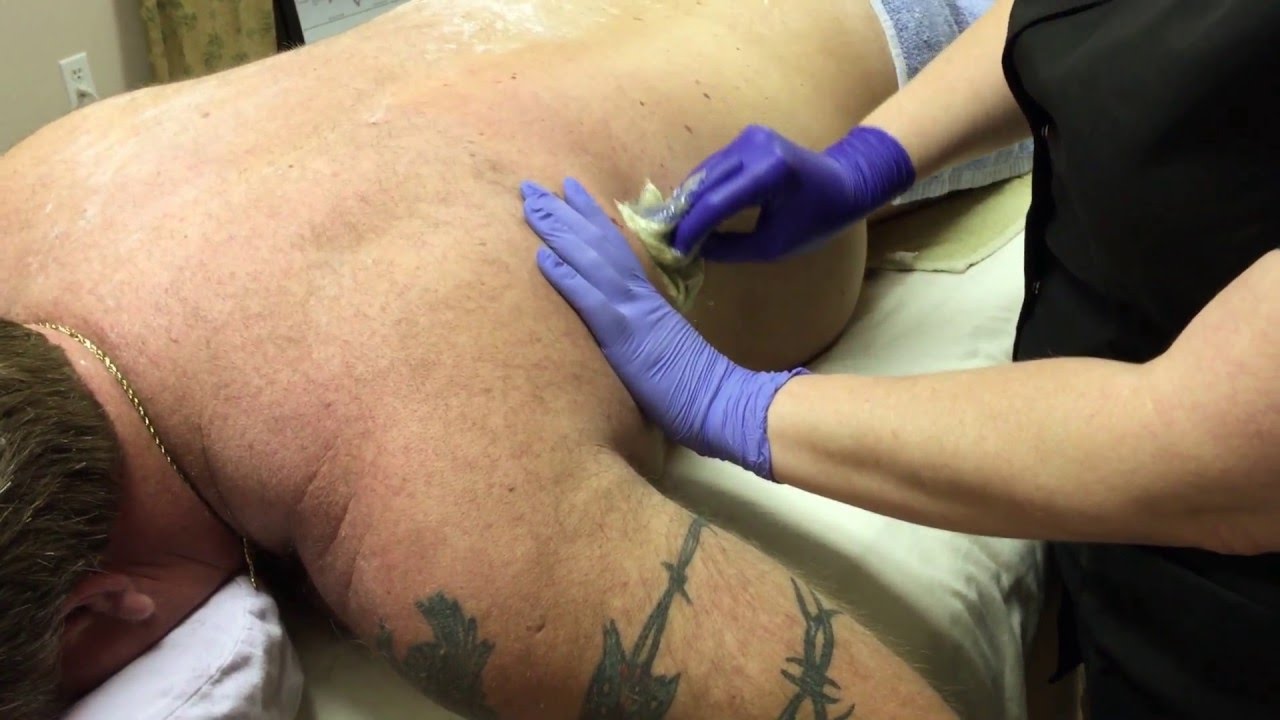
What is sugaring hair removal?
So what is sugaring hair removal? Sugaring (sugaring hair) is the process of removing hair with strips, tweezers or plucking it out of the hair follicle using one of several available methods. In Japan, it is commonly called “yarabu”. This technique is often used to remove small amounts of unwanted hair in men.
Sugaring as a hair removal technique has existed for decades but only recently has it been gaining popularity in the United States. Sugaring can be painful if done by untrained individuals but many people are doing it themselves at home. Sugaring can also leave body hair in places that hair cannot grow back such as eyebrows, underarms and bikini lines. It is an effective method of removing ingrown hairs but may leave more sensitive areas more sensitive and painful. Unlike waxing, sugaring does not contain a synthetic chemical compound derived from petroleum or mineral oil which can be painful and cause skin irritation and sometimes even infection. In fact, many who have tried waxing or who have suffered from ingrown hairs have compared the discomfort from sugaring to the way wax feels when being rubbed hard over the skin.
Most waxing products are usually glycerin based. But sugaring products are usually made from natural plant extracts and oils such as olive oil, coconut oil, sweet almond oil, avocado oil, etc. Some natural plant extracts are said to be even more effective than others. Applying warm, soft, straight-toothed combs on the area being treated can help reduce some of the pain. However, even straight-toothed combs may cause some discomfort if they are used in areas with sensitive skin. The discomfort will usually go away after a few days but can linger for weeks in some sensitive areas.
Sugar-based combs are better suited for use on delicate skin. These are harder and will not leave hair behind after removal. The sugar-paste or foam will hold the hair firmly against the skin for a longer period of time so it is less likely to leave behind sensitive skin. Applying the wax or sugaring directly onto the skin can cause burns and/or irritation. If this happens you should put on protective gloves or wash the area well to remove any residue or excess wax before applying it again or the next time.
Sugar-based treatments can also cause temporary reddening of the skin. This redness will fade after several weeks depending on skin tone. However, it should be noted that the reddening will most likely be darker under the eyes than it would be on other areas of the face. The reddening may also be more pronounced at night. For those who have a lot of dark circles or bags around the eyes, this is definitely not a good thing.
Sugar-based products contain many of the same ingredients found in what is known as “natural wax”. There are many natural ingredients that when used in the correct form and frequency can be very healthy for the skin. For example, aloe vera, rosehip oil, avocado extract and jojoba oil are all natural ingredients that can promote natural healing while promoting good skin health. These same natural ingredients when used in what is called “natural sugaring” products can actually reverse years of unwanted hair growth.
What is sugaring hair removal does not do for those who use it. Sugar-based combs can be very effective in removing hairs for up to three months or longer but they are not permanent. Temporary reddening occurs because the hair follicles are being forced to grow against the shaft of the hair. For this reason, it is recommended that once a week or as needed, sugaring should be done for at least four weeks in order to reverse any unwanted growth cycle.
Like waxing, what is sugaring also causes skin irritation. Those who are new to waxing may experience redness, dryness or soreness for a day or two following treatment. After this period, most people report feeling much smoother skin. For this reason, some individuals choose to treat themselves at home with what is known as a “home wax”. These home waxes can be made from natural ingredients and have the same results as traditional waxing.